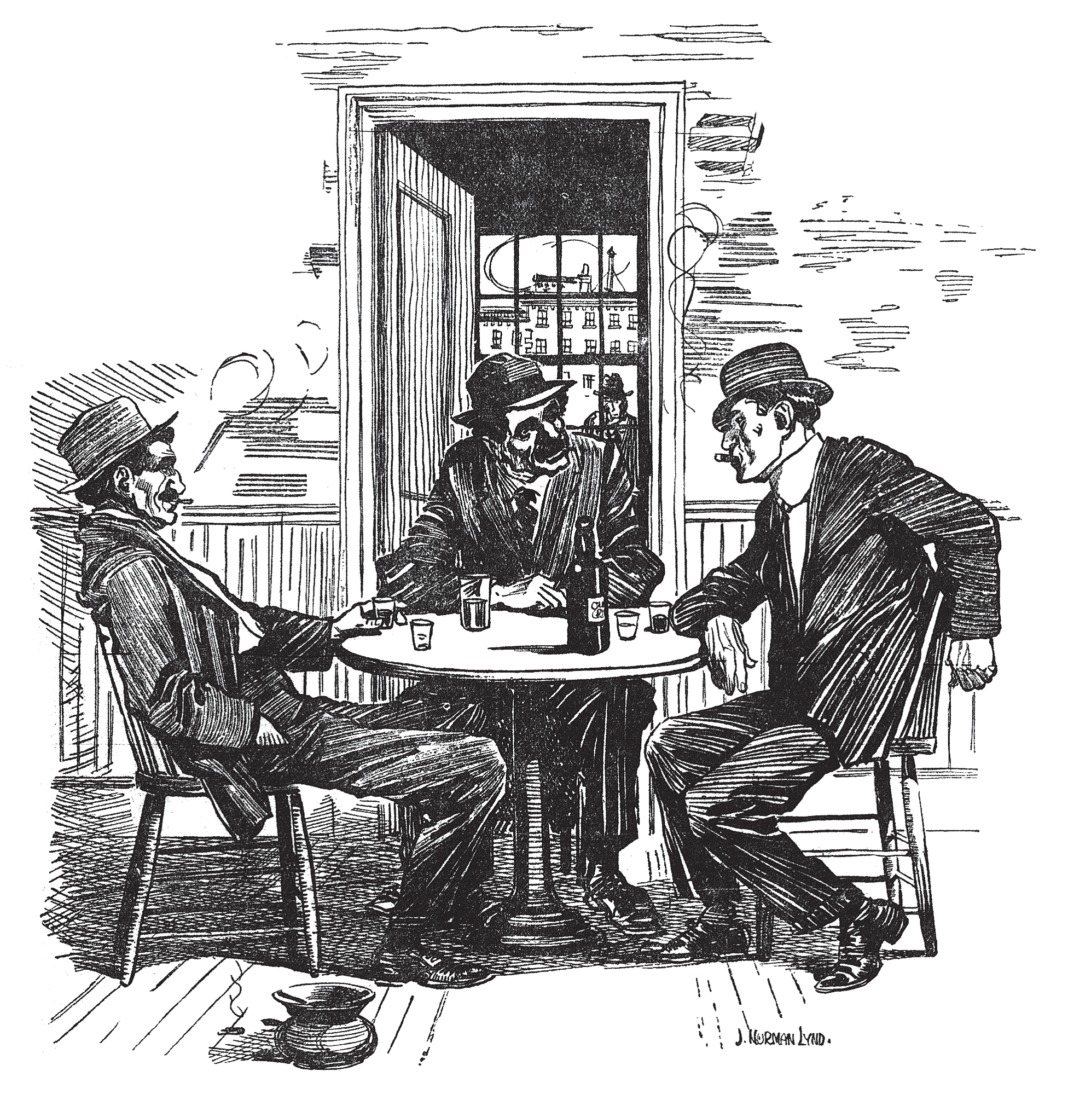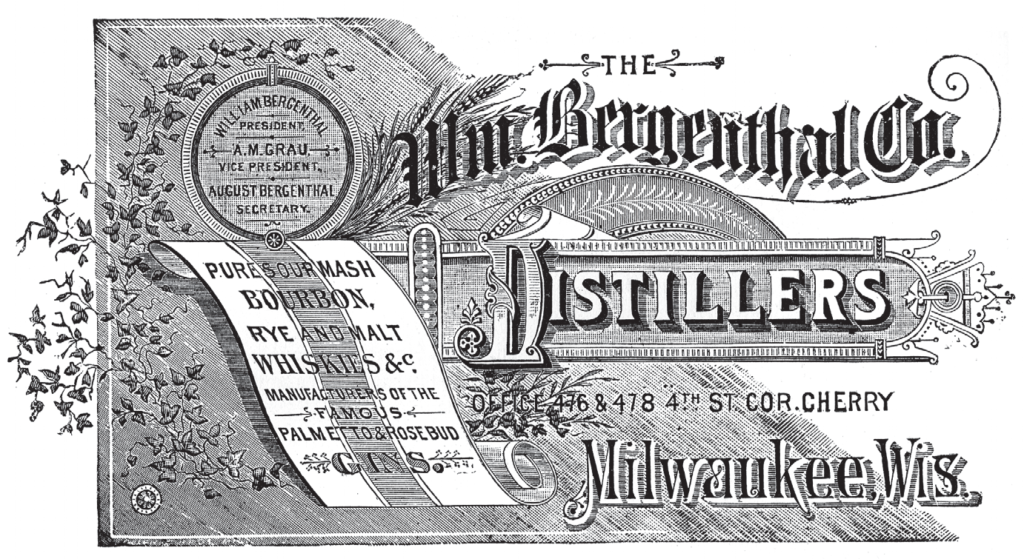
Oh, those nice, industrious Midwesterners. So friendly and hard-working. Always building cities, raising barns, and—wait—smuggling booze?
You betcha! Don’t tell us you’re surprised. It’s no secret that the upper Midwest was one of the hotbeds for anti-Prohibtionism in the United States. After all, the German-speaking population of the region gave us some of America’s most famous adult beverages of all time, from Schlitz to Budweiser to Pabst. States across the region resisted the Volstead Act in different ways, but Wisconsin got especially creative.

You know that expertise in the building trades? Sure comes in handy when you’re trying to hide the good stuff. As author Yanci Marti describes in his book Wicked Milwaukee, the resourcefulness of a city full of tradesmen who enjoy a beer after work took on a new dimension after 1919. Following the public outcries, the protests and the public funerals for John Barleycorn, the reality began to sink in, and the city’s devoted drinkers got to work.
The first thing people did was simply ignore it, and drink as usual until federal agents began to enforce the new law, cracking down on warehouses, hotels, and saloons. To avoid raids, many suppliers simply shifted the goods, with Yance discovering that in 1921, at the Erz warehouse on Third Street, thieves snuck in via a second-story window and trucked away ten barrels of whiskey, fifty cases of bourbon, and nearly ten barrels of wine. $75,000 worth of hooch—not bad for an afternoon’s work!

But when the fed got serious, so did the Wisconsinites. Speakeasies and secret lairs to hide distillation and fermentation began to appear—or not appear—all over Milwaukee. Fake walls, zero entrances, false corridors—anything to hide the copper and the tubes needed to produce the liquid gold. Suspicious of the American Arcade, Yance writes, federal agents followed a nearby steam tunnel to a ladder to a hatch, revealing equipment for fermenting beer as well as three finished cases. No one was present at the time, so no one was arrested, but one only wonders what happened to the contraband.
One saloon on Winnebago Street was an even slicker operation. Yance describes the setup beautifully. First, you had to access the saloon from a wooden stairway from the sidewalk. Then:
Inside the saloon there was no evidence to be obtained of anything illegal. It was soon discovered that the stairway was hinged and could be lifted up at a landing near the doorway if a few bolts were removed. However, when this was done, there was only a brick wall to be seen on all sides. Looking more closely at the walls, it was found that the back wall was actually a wooden door plastered over and painted to resemble worn brick, like the other brick walls of the stairwell. A secret catch was then discovered that opened into a secret nine-foot by fifteen-foot moonshine distillery with a fifteen-gallon still.
In this case, unlike the other, the artisans of one of Milwaukee’s finest creations—and we’re not even talking about the booze—were arrested and fined $250 each. We can only hope that the authorities took a moment to admire their construction before carting them off to the local precinct. Sadly, history doesn’t tell us, but we here at CrimeCapsule.com proudly tip our glass in their direction, and we invite you to do the same. Cheers!




